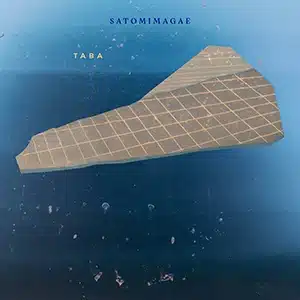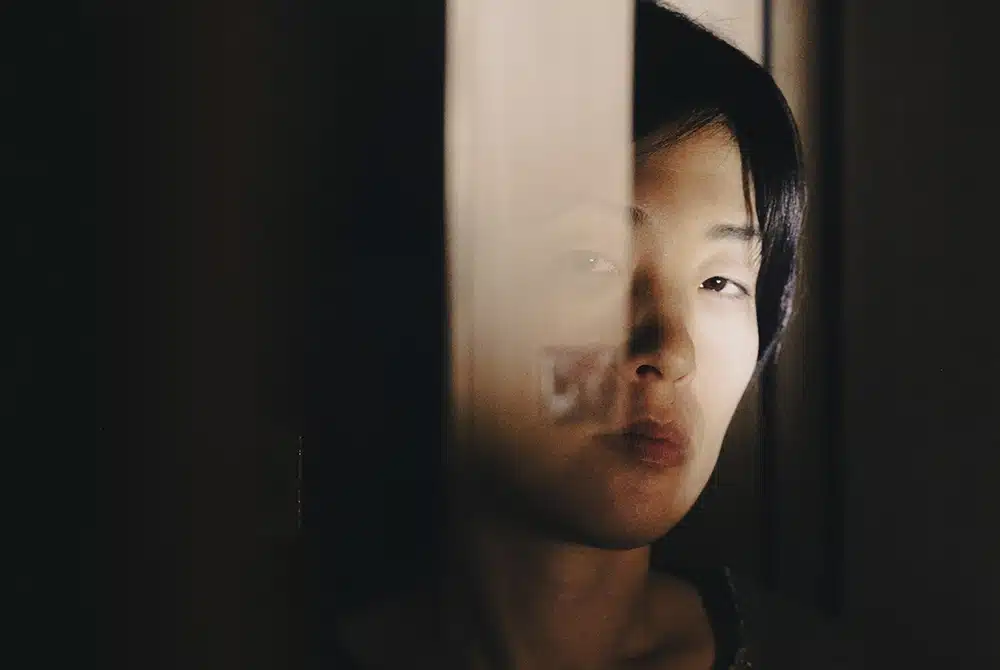
Producer, performer, and composer Satomimagae’s new album Taba is a work of emergence. On it, she steps out of the introverted depths of pandemic isolation, moving more directly through the gauzy layers of sound she builds. The chrysalis is left behind, the wilder world open before her. It’s a journey gently taken. Taba never moves with too heavy a tread, but it covers a lot of new ground and sees her embrace the uneven with grace. It’s a fearless new installment in Satomimagae’s world-building work, less tightly controlled, more primally satisfying. It’s a rush, it’s refreshing, and it’s just a little chaotic.
The core of Taba is much like that of Satomi’s last release, 2021’s Hanazono. The opening track “Ishi” seems to pick up exactly where she left off there. The chirping of crickets and a gentle hissing ambience lead into the delicate lilt of her guitar and the breeze of her voice. More instruments enter the picture: winds, horns, synths. They are subtle, at first, but they grow steadily, with elemental disregard for artificial structure. It’s the formation of an authentic atmosphere, capable of supporting life and creating a storm so powerful that it shakes that life to its core.
As the album progresses, Satomi’s melancholic, low-key system does both. There are brighter moments, like the sparkling harp and guitar notes that trace the melodic contours of “Tonbo”, the childlike voices and evocations of birdsong on softly psychedelic “Mushi Dance”, and the pastoral flutes of “Spells”. More ominous are the trumpets and low synths of urgent “Horo Horo” and the desolate sibilance of “Metallic Gold” (“I don’t feel it / I don’t like it yet,” sings an apprehensive Satomi). No one track is singular in effect; instead, each song is an assemblage of pieces that might clash if it were not for the dynamic permutations in which they converge.
Within this constantly moving expanse, Satomi emerges as a more multi-dimensional artist. She is no less a master of the ephemeral. The single “Many” is all vapors and their echoes, as one especially clear example, but she also offers much more here in terms of concrete textures and shapes. It’s all still open to interpretation.
The whirring background sounds of “Omajinai” and “Ghost” are as mechanical as they are supernatural as they are human, while the sounds of sea and air are inseparable from one another elsewhere. The music is at its most solid in the slow build of “Kodama” as identifiable keys and strings gradually pour forth, crashing over or perhaps emanating from the titular tree spirit. Taken all together, it makes for a mellifluous demonstration of shifting states of matter.
The term “taba“, according to Satomimagae’s press team, refers to a logic of gathering and bundling into loose collections. Satomi does just that on her album of the same name. Aesthetically cohesive, Taba nonetheless consists of many things, many sounds, and many feelings. It is as geometrically organic as all of Satomimagae’s work has been to date, but it takes her even further afield in invigorating ways.

